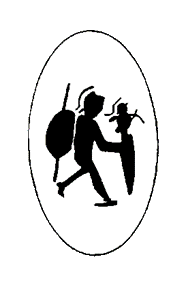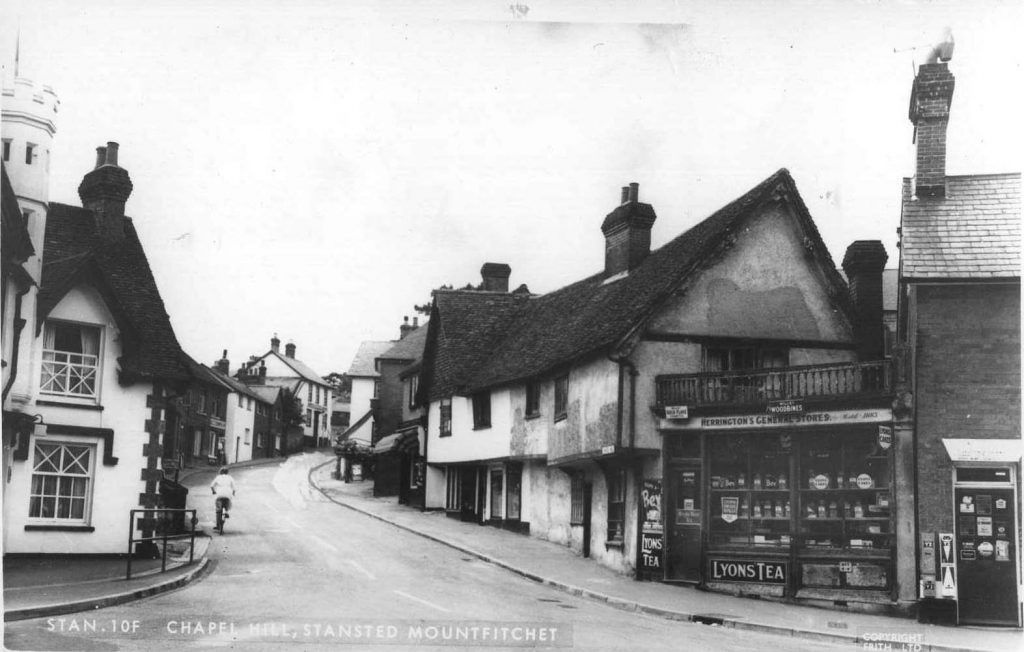Stansted Mountfitchet Local History Society
Welcome to our newly launched Website.
Please look at our ‘Articles/and Archives page where a number of new items have been added. There are some photos uploaded to Commemorate VE Day 80th from some a Stansted perspective in News. Click on ‘News’ then ‘VE Day 80th Anniversary’ text for photos.
Introduction
With more than 4,000 acres Stansted Mountfitchet, or Stansted as it is more commonly known, is one of the largest parishes in Essex. At one point it touches the Hertfordshire boundary, and the Hertfordshire town of Bishop’s Stortford lies three miles to the south. The river Stort, no more than a stream at this stage, forms part of the parish’s south-western boundary. The landscape is quiet and varied, with little rises and falls on the chalk in the west and flat open land on the clay in the east. It is mainly rich agricultural land, but in earlier times farming was more mixed than it is today.
Cutting through the west of the parish is the B1383, formerly the A11. This was originally built, or improved, during the reign of Charles II as part of the construction of one of the finest highways in the country, the road that was to take the king between his palaces in London and his stables at Newmarket. Going north from Stansted the Great Newmarket Road, as it came to be known, ran close to Saffron Walden, with a branch leading off to Cambridge on the way. Going south it ran through Hockerill, which has since become part of Bishop’s Stortford. It was also one of the routes between London and Norwich. In 1744 it became a turnpike road, and thirty years later the diarist Parson Woodforde described it as ‘the best of roads’ he had ever travelled.
The settlement that grew up along the Great Newmarket Road became known as The Chapel, after a small chapel that stood at the crossroads on the site where the fountain now stands. A few hundred yards to the east, at the bottom of Chapel Hill, is the Street, the oldest settlement in the parish, overlooked by the remains of the Norman castle. And there are two other hamlets in the parish, Bentfield End in the west and Burton End in the east. The present Stansted Hall, which was built by the Fuller Maitlands in the Victorian period and is now the leading spiritualist college in the country, stands in its park on a hill by the road between the Street and Burton End, and close to the hall is the church of St. Mary the Virgin. Because St. Mary’s is so far from the main body of the village a second church, St. John’s, was built on Chapel Hill in 1889.
There are several publications about Stansted. The most comprehensive is the book published in 2016 by the Society entitled ‘On the Beaten Track’ ‘A History of Stansted Mountfitchet’ by Peter Sanders. The book is now out of print but there are library copies available for reference. There is an interesting book compiled by Paul Embleton from his extensive Postcard and Image collection first published in 1998 and reprinted in 1999 entitled ‘Around Stansted Mountfitchet.
The Society are presently uploading much of the archive information at the moment. View that on our ‘Articles and Archive’ page.

